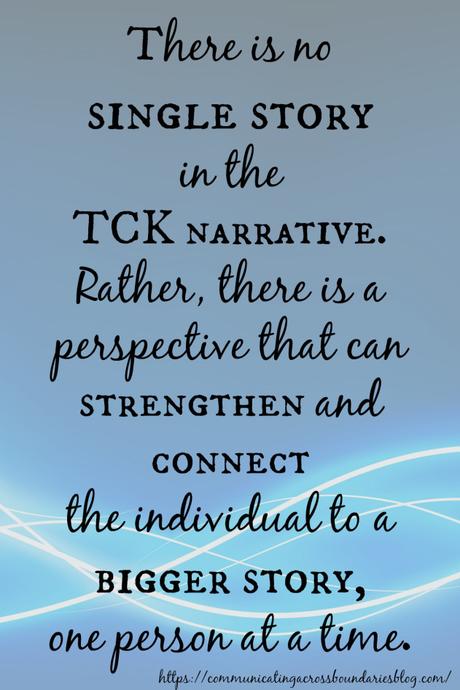
I just returned from a two-week trip to Cairo, Egypt where I was invited to speak at five different schools, to five different parent groups, and be a speaker at a youth retreat. I found the research specific literature to be invaluable in assisting me in my talks.
Here are some of my observations from the talks and what I heard from parents and kids:
Differences between parent and kid experience: We know that kids and parents experience the world through different eyes. Tanya Crossman's recent research that has now been published in a book called is a wonderful resource in talking about these differences. Her points of difference are mainly around identity, connection, and choice. In identity, Tanya writes that children are shaped, and adults are influenced. If you think about a potter creating something, as she is shaping the clay she can turn it into whatever she wants. It can be a bowl, a vase, a container. Once it is shaped, it can't be changed. It can however be put different places and look different according to where it has been placed. That to me is an excellent visual picture of Tanya's point. In connection Tanya points out that the kid sees themself primarily as a resident while the parent sees themselves as a visitor. The adult comes in with a "comprehensive connection" to place. Those are two totally different connections and to expect a child to have the same connection and allegiance to their passport country as the parent is not realistic or wise. Lastly, a kid does not have power to choose - nor should they. But that should be taken into account when we think about the difference in experience. Also, parents should not be surprised by their children's future life choices based on their own choice to raise their kids overseas. For a parent who has raised their kids overseas to make the statement: "I wish you would settle down!" is uniquely unfair. I will be writing more about this as I process it myself.
Recording vs. interpreting an event. Children are excellent recorders of events but not necessarily good interpreters. They will remember what happened really well, but they won't know why it happened. The strongest example I have heard on this comes from counseling of children after 9/11 in the United States. A child who lost his father would be counseled. The conversation might go like this:
Adult: Can you tell me what happened that day? The day your dad died?
Child: Well, we were late because I didn't tie my shoes.
Adult: Can you tell me more about that?
Child: Well, Daddy asked me to tie my shoes, but I didn't obey him. And so then we were late and then Daddy died.
So the child remember that morning as vividly as the day it happened, but they have an interpretation that holds a huge burden. Imagine being 6 years old and thinking that because you didn't tie your shoes, the twin towers fell and your dad died? So many children can remember things about their families, about conversations, about the what - but they don't know the why. So it is with third culture kids. They remember that they weren't doing well in school and that then the family had to leave Dubai. They correlate the two incorrectly, bearing the burden for a family having to leave a country that the whole family loved. This is a critically important concept to understand in any kind of parenting, but add a whole other dimension when location and moving are involved.
Middle schoolers and life story. Dr. Rachel Cason has developed an excellent tool for this age group called Life Story using the image of a boat. The idea is to look at what people see (the sail); what anchors us (the anchor); and what needs to be strengthened because it takes the most beating (the hull). It is an excellent image and I found that it worked well as a concrete visual picture. You can reach out to Rachel here for more information on this tool.
Children are our achilles heel. To hurt a parent, hurt their children. They are the gap in our well-oiled and cared for armor of self-protection. We would far rather go through pain, illness, rejection, goodbyes, cross continent and ocean moves, and more than watch our children go through them. Yet it is so important that we grow in ways that we don't try to protect them with soft padding, but instead offer them a good foundation and a strong sense of place even when geographic location moves. Guilt does not help, but comfort before consolation does help. Trying to force connections on our kids that they can't possibly understand is not helpful, but bringing in traditions and stories from our own lives connects them to a bigger story that anchors them.
Different ages = Different stages. At times during this trip I wished I was only speaking to high school seniors or students in their first year of university. Different ages respond completely differently to the term third culture kid and to the researched profile of the TCK. Middle schoolers responded well to the Life Story exercise that Rachel Cason developed, but other things like grief do not necessarily have the same relevance. They need talks and exercises that are concrete and relatable. Seniors in high school on the other hand are beginning to realize that their world will indeed turn upside down - and with that turn, they are beginning to grasp for resources and are thinking about their future destinations.
Some stories are more complicated than others. I love how Tanya Crossman frames the third culture kid research she has done as a perspective rather than a person. There were stories I heard in Cairo that were really complicated. Kids with five different passports and seven different moves by the time they were 14 years old. This differs significantly from my own experience which was really just two countries - the United States and Pakistan - and one passport. These complicated stories don't have easy answers and the story these kids are experiencing is not the same as mine. It is important to keep in mind the danger of a single story. At every session with parents I spoke about the danger of a single story and used the wonderful quote from Chimamanda Adiche "The problem with stereotypes is not that they are incorrect, but that they are incomplete. No one is a single story." This quote set the stage for all of my talks. There is no single story in the TCK narrative. Rather, there is a perspective that can strengthen and connect the individual to a bigger story, one person at at time.
The third culture kid is alive and well and we continue to need more research and more stories. I am more convinced than ever before of the need for more stories, more research, and more voices in this conversation. In 2013, the Guardian wrote an article stating that there are over 230 million expatriates all over the world. That number is only growing. Over 3 million people recently viewed a "Where are you from?" meme that I put on the ALOS (A Life Overseas) Facebook page. There are over 8 thousand comments and 14 thousand shares. This is proof of both the complexity and the scope of the third culture kid and global nomad conversation.
It was a gift to be a part of the conversations I had this past week and I will be processing for some time. In the meantime, I am so grateful for the Ruth Van Reken, Tanya Crossman, Rachel Cason, Lois Bushong and so many others whose work I rely on heavily as I continue to learn.
I salute them and so many more of you who continue to make this conversation a priority.

